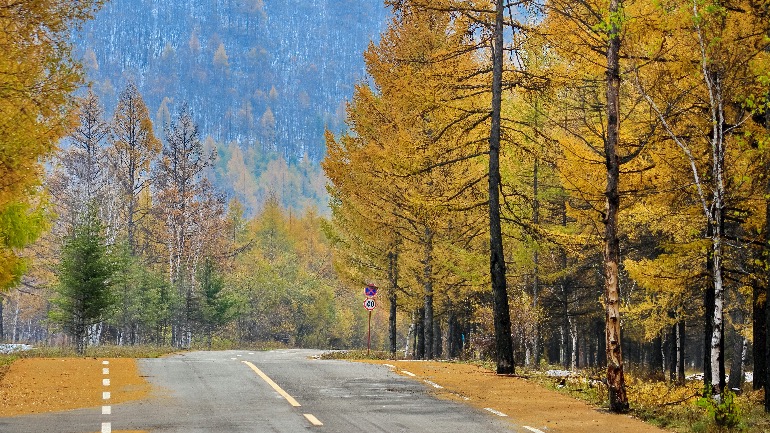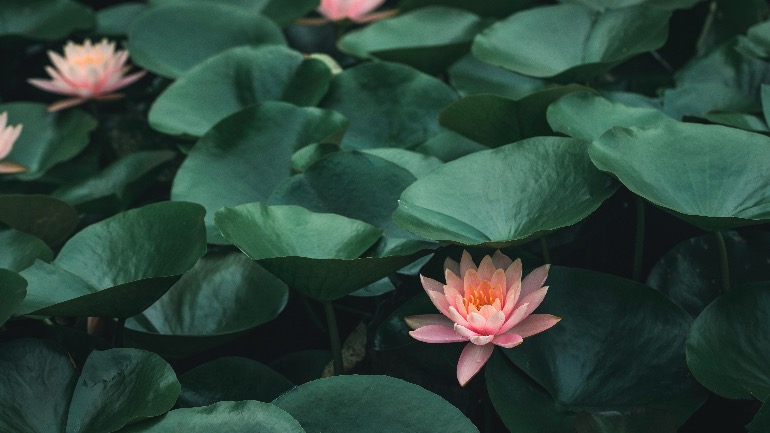The teachings I have given so far all deal with renunciation and bodhicitta. Sure, I can also teach the Five Treatises or some advanced Vajrayana practices, but they will not be helpful to most of you here, at least not for the time being. It is like a cook should only make as much food as the guests can consume. To make more than the guests can stomach would be pointless. And this is the very reason why I hesitated to give advanced teachings all along.
KHENPO'S BLOG
If one could incorporate bodhicitta into one’s everyday activities, Mahayana practice would not seem so incompatible with the trivial and sometimes inconsequential affairs one has to deal with on a daily basis.
- Quote from The Right View, "The Three Differences"
The source of suffering has always been attachment to self-love since time immemorial. In any situation, we place our own needs above everything else; we only think of ourselves — for our own happiness, we destroy the happiness of others; for our own health, we ruin the health of other beings, even take their lives. There is no thought whatsoever of helping or caring for other sentient beings. Because of attachment to self-love, substantial negative karma is committed. The suffering we now feel is just a drop in the ocean of karmic retributions, yet it is already insufferable and difficult to face.
- Quote from Are You Ready For Happiness? Don't Let the Paper Tiger Scare You Off, "How to Face Suffering"
As stated in the sutras, “Existence in the human realm is rare, and all is impermanent.” Most of you here are already in your 30s and 40s. The remaining days, a few more decades at the most, are really not that long and will soon pass by before you know it. Unfortunately, there is no guarantee the opportunity to practice will present itself again in the next life if you fail to seize it this time. So the point is to lay the necessary foundation now as the stepping-stones leading to a better start for the next life.
A lot of people opt for a life in the middle whereby there is neither great suffering nor happiness — a relatively placid life in which they can also practice the Dharma. However, an ordinary life such as this is not necessarily long-lasting. We cannot avoid the eight types of suffering, including birth, aging, illness, and death, and may even encounter great vicissitudes in life. Without the Dharma, how do we confront these circumstances?
- Quote from Are You Ready For Happiness? Don't Let the Paper Tiger Scare You Off, "How to Face Suffering"
There are also those who ignore these basics but tirelessly run back and forth between China and Tibet to receive empowerments without knowing their respective meanings, conditions and requirements beforehand, which in the end have very little effect on their quest for liberation. So, I hope you will all make generation of renunciation and bodhicitta your aim and strictly refrain yourselves from undertaking any Vajrayana practice until your aim has been achieved. Only then can you consider the advanced, more profound practices like the Great Madhyamaka, Kalachakra, Mahamudra, the Great Perfection and so forth. The Vajrayana tradition of Tibetan Buddhism offers rich pickings of sublime practices, described by some as being plentiful as the yak’s hair. But no one would be qualified to practice any without first developing renunciation and bodhicitta as the base, which ought to be the single most important practice for us now.
Many people are convinced that what they practice must be of supra- mundane nature. How can it not be if they have been practicing the five extraordinary preliminaries? In fact, these five preliminaries are not only supramundane in nature but also part of the Mahayana practices. The key is, notwithstanding, having what kind of perspective when you sit down to practice these preliminaries. Though the possibility of practicing solely for the benefit of this life is slim, it is quite likely to undertake these practices to avoid rebirth in the hell realm. If the motivation is not to seek liberation for the sake of all sentient beings, the practice of the five preliminaries will be considered mundane, not supramundane.
If we try to practice the advanced teachings like the Great Perfection or Mahamudra without first completing the preliminary practices, no results will be achieved owing to inadequately prepared faculty. Thus, the foundational practices should be made the top priority for all who intend to bring their practice to fruition.
Due to merit accumulated in past lives, we are human beings in this lifetime. We must seize this opportunity as humans to break away from samsara; the first step is to take refuge. As we begin to appreciate deeply the great qualities and the power of the Buddha, Dharma, and Sangha, we will develop faith and eagerly seek refuge in the Three Jewels.
- Quote from Are You Ready For Happiness? Don't Let the Paper Tiger Scare You Off, "How to Face Suffering"











